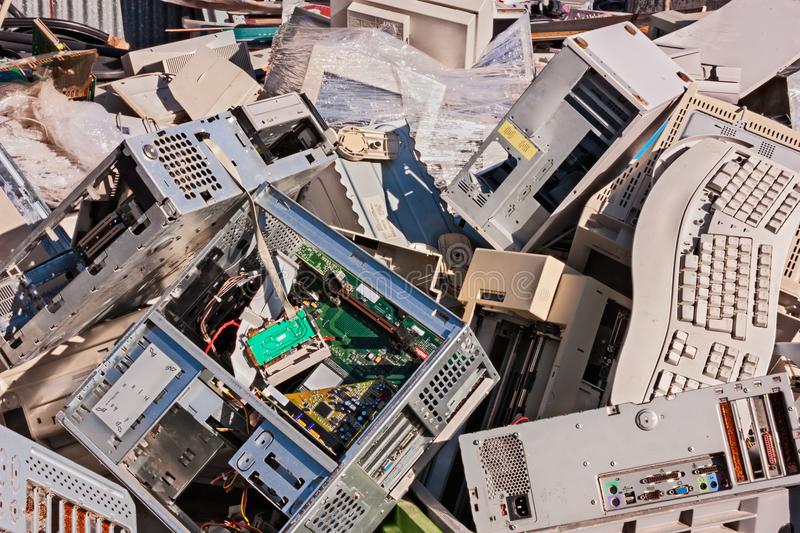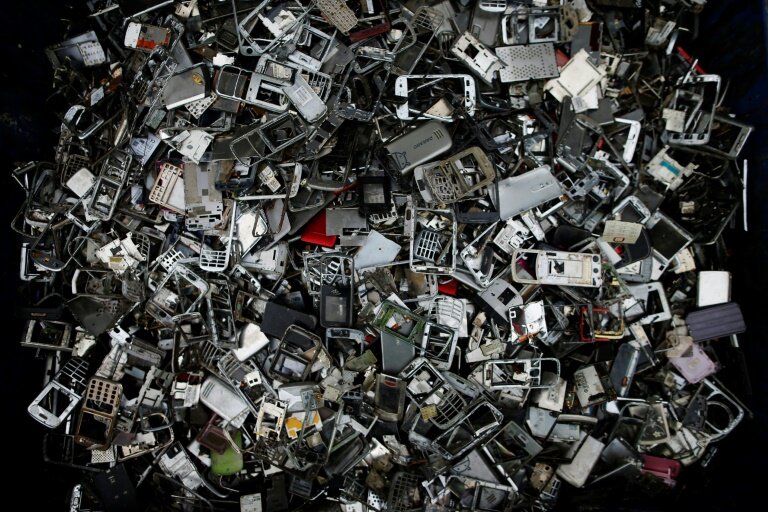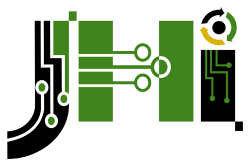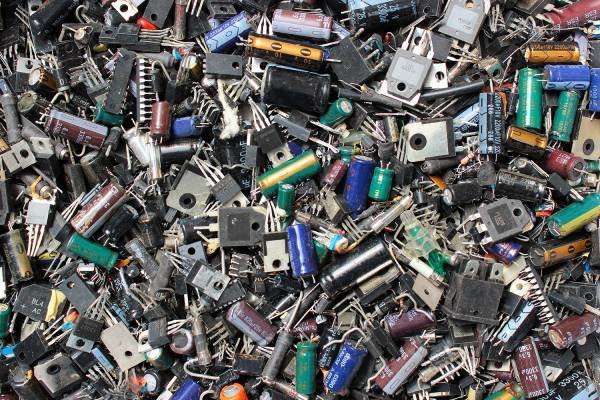 Have any old laptop computers, televisions, or game consoles lying around? E-waste refers to electronics that have reached the end of their regular lifecycle. And according to the EPA, American consumers and businesses discard 2.37 million tons of it each year. While 25% of that electronic waste is recycled, the remainder ends up taking up space in landfills.
Have any old laptop computers, televisions, or game consoles lying around? E-waste refers to electronics that have reached the end of their regular lifecycle. And according to the EPA, American consumers and businesses discard 2.37 million tons of it each year. While 25% of that electronic waste is recycled, the remainder ends up taking up space in landfills.
Home and business owners can do their part to protect the environment by reducing the amount of e-waste they produce. However, we understand that might be easier said than done. So, instead of typing ‘how can e-waste be reduced?’ into your search bar, check out today’s blog post. Our electronic experts are revealing exactly how students, homeowners, and communities can reduce e-waste.
Reducing E-waste at Home
The easiest place to start making a difference is within your own home. So, how can e-waste be reduced in residential settings? Here are some suggestions:
- Extend the life of your electronics. Make sure your electronics are clean, properly stored, and protected. Also, avoid overcharging their batteries. This will protect them from damage and keep them out of landfills.
- Have a yard sale. Tired of your old DVD or cassette player? Host a yard sale to help your old (but still working) electronics find a new home.
- Buy environmentally-friendly products. Opt for products labeled Energy Star or those certified by the Electronic Product Environmental Assessment Tool (EPEAT).
Reducing E-waste at School
 Students and schools can help reduce e-waste as well. Here are some examples of how:
Students and schools can help reduce e-waste as well. Here are some examples of how:
- Reuse old materials. You don’t have to buy brand-new supplies every school year. Try and reuse older electronics before buying new ones.
- Set up e-waste bins around campus. Encourage students to recycle their electronics by setting up e-waste recycling bins around campus. When they’re full, you can take them to the proper recycling facility – and they won’t end up in a landfill.
- Encourage sharing. Many electronics can be shared amongst several students. Try to limit three computers per classroom, or use one graphing calculator per lab group.
Reducing E-waste in Your Community
Communities should work together to reduce the amount of e-waste produced. Below are some simple ways you can do your part:
- Donate to schools. Many schools would happily take your old or outdated tablets and computers.
- Upgrade your hard drive. Instead of replacing a computer that no longer fits your needs, enhance its capacity with an upgraded hard drive.
- Create a community drop-off site. Knowing where to recycle e-waste can be confusing. Help your neighbors by creating a community electronic drop-off site at a local community center or school.
Recycling Electronics in Phoenix, AZ
If you’re still wondering how can e-waste be reduced, the experts at Jay Hoehl Inc. can help. Whether you’re looking for one-time inventory liquidation or ongoing disposal of e-waste for your business, we’ll provide secure and environmentally-friendly electronics recycling.
Backed by 40 years of industry experience, JHI serves our customers with proficient, professional, and prompt service. Contact our team to solve your e-waste needs today.


